‘Poems for the Writing: Prompts for Poets’ by Valerie Fox and Lynn Levin
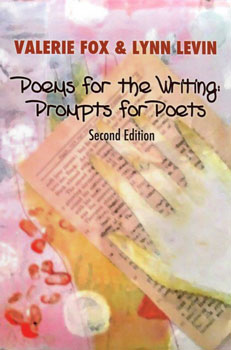 In the second edition of Poems for the Writing: Prompts for Poets (Texture Press, 2019), authors Valerie Fox and Lynn Levin provide 18 entertaining and motivating prompts that range from the light-hearted to the serious and challenging. Drawing on both traditional forms and contemporary experiments, the authors encourage the use of found text, song titles, facts, and quotations. They propose scenarios and invite a poetic response. They even show how to “translate” the text of a poem written in a language you can’t read! Each prompt is followed by suggestions for getting started and sample poems written in response. What distinguishes Poems for the Writing from other poetry-prompt collections is that most of the sample poems are by undergraduates, community workshop participants, and some working poets. The responses are fresh, energetic, and unexpected.
In the second edition of Poems for the Writing: Prompts for Poets (Texture Press, 2019), authors Valerie Fox and Lynn Levin provide 18 entertaining and motivating prompts that range from the light-hearted to the serious and challenging. Drawing on both traditional forms and contemporary experiments, the authors encourage the use of found text, song titles, facts, and quotations. They propose scenarios and invite a poetic response. They even show how to “translate” the text of a poem written in a language you can’t read! Each prompt is followed by suggestions for getting started and sample poems written in response. What distinguishes Poems for the Writing from other poetry-prompt collections is that most of the sample poems are by undergraduates, community workshop participants, and some working poets. The responses are fresh, energetic, and unexpected.
This is an excellent book for poets and for teachers of poetry. The authors, both poets and teachers themselves, have selected prompts that work well in the classroom—for poets at any level and just about any age. They encourage emotional orientations, helping the students to plumb their personal experiences—and with just enough structure to help students struggling to organize and articulate emotional responses. But all of this comes with a touch of levity. Like Fox and Levin’s own approach to teaching, the book is friendly, open, and eclectic. The results are a testament to the extent to which prompts can trigger new and imaginative insights and jog one out of a routine approach to the blank page. Prompts are entry points—doors and doorknobs, as the authors put it—to new rooms, new emotional and intellectual spaces. The results are likely to be both surprising and satisfying.
Review by Antonia Clark
Antonia Clark has taught poetry and fiction writing and is co-administrator of an online poetry forum, The Waters. She is the author of a poetry chapbook, Smoke and Mirrors, and a full-length poetry collection, Chameleon Moon (2014, 2019), and the forthcoming Dance Craze. Her poems and short stories have appeared in numerous print and electronic journals, including The Cortland Review, Eclectica, The Pedestal Magazine, and Rattle, and she has reviewed poetry collections for The Rumpus, Literary Bohemian, Wild Goose Poetry Review, and IthacaLit. Toni lives in Vermont, loves French picnics, and plays French café music on a sparkly purple accordion.

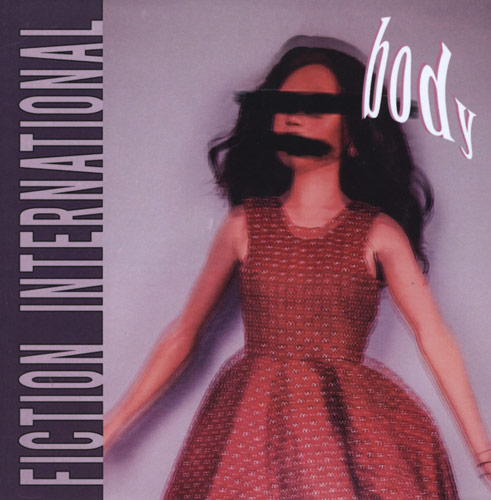 “B.K.” by Robert James Cross stands out in Issue 52 of
“B.K.” by Robert James Cross stands out in Issue 52 of 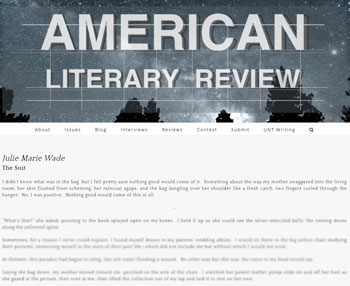 “
“ In the Fall 2019 issue of
In the Fall 2019 issue of 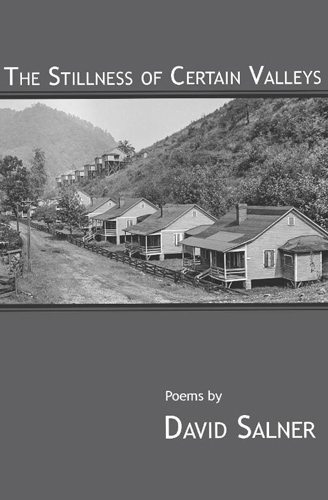 David Salner‘s
David Salner‘s 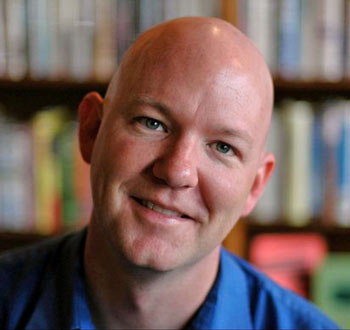 Readers can find the 2019
Readers can find the 2019 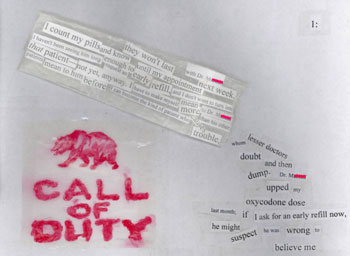 Issue 19.4 of
Issue 19.4 of 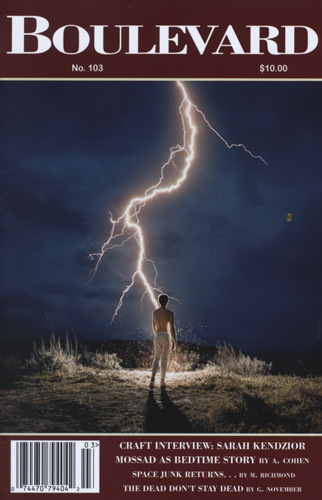 Greg November opens the Fall 2019 issue of
Greg November opens the Fall 2019 issue of 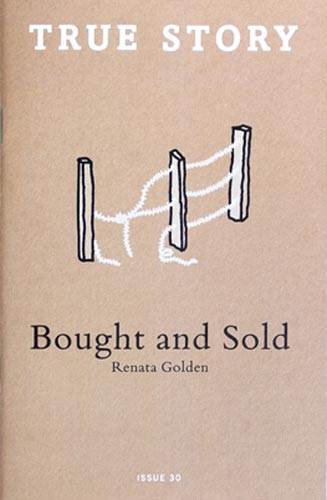 In “
In “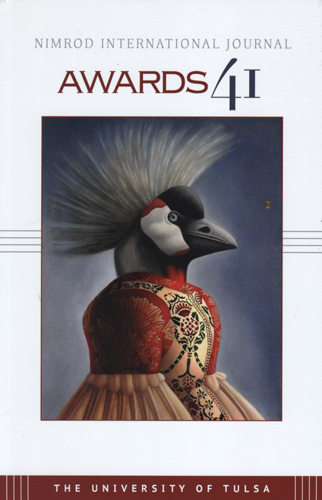 The current issue of Nimrod International Journal is entirely made up of the winners, finalists, semi-finalists, and honorable mentions of the
The current issue of Nimrod International Journal is entirely made up of the winners, finalists, semi-finalists, and honorable mentions of the 
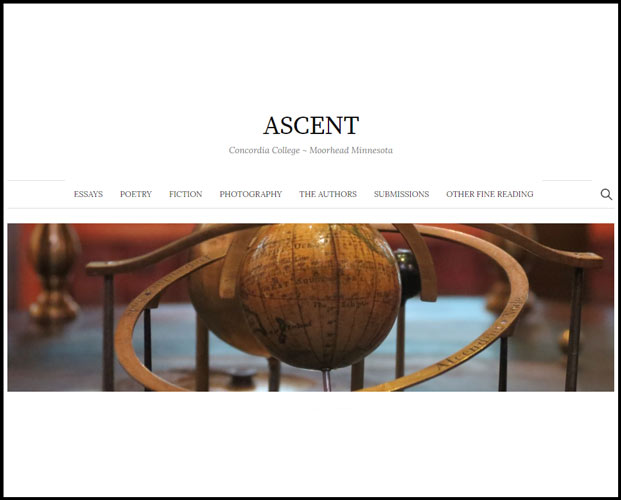 Last week Concordia College’s Ascent shared a couple pieces of exciting news.
Last week Concordia College’s Ascent shared a couple pieces of exciting news.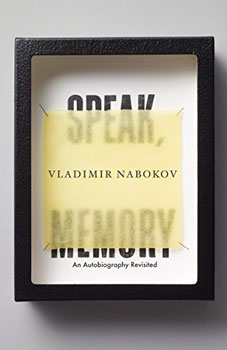 Although published in 1951, any person serious about literature would do well to read or reread Nabokov’s captivating autobiography, if not for the rapture of his complicated life, then for the beauty of his syntactical architecture. A master of form devoted to meaning, Nabokov relays the truths of a man twice removed from his home country of Russia, once by revolution and again with the rise of the iron curtain. He renders through complex but clear sentence structure the pains of diaspora and the call to home which he can never truly answer. Within this beautiful prose he also provides insight into his master works Lolita, Despair, and The Gift. He dangles before the reader a maze of sentences each providing a decadent feast for those who value—above all—the meaning-making capacity of provoking syntax.
Although published in 1951, any person serious about literature would do well to read or reread Nabokov’s captivating autobiography, if not for the rapture of his complicated life, then for the beauty of his syntactical architecture. A master of form devoted to meaning, Nabokov relays the truths of a man twice removed from his home country of Russia, once by revolution and again with the rise of the iron curtain. He renders through complex but clear sentence structure the pains of diaspora and the call to home which he can never truly answer. Within this beautiful prose he also provides insight into his master works Lolita, Despair, and The Gift. He dangles before the reader a maze of sentences each providing a decadent feast for those who value—above all—the meaning-making capacity of provoking syntax.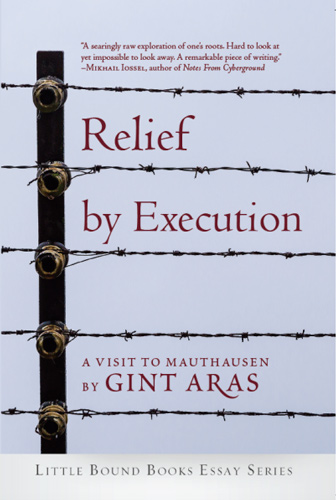 A haunting meditation on the legacy of racism, violence, and abuse,
A haunting meditation on the legacy of racism, violence, and abuse, 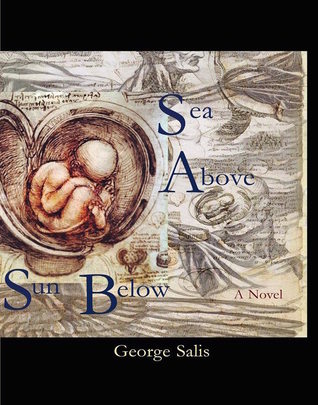
 In the Fall 2019 issue of
In the Fall 2019 issue of 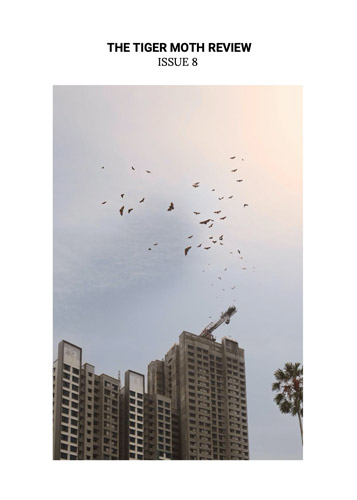 The Tiger Moth Review
The Tiger Moth Review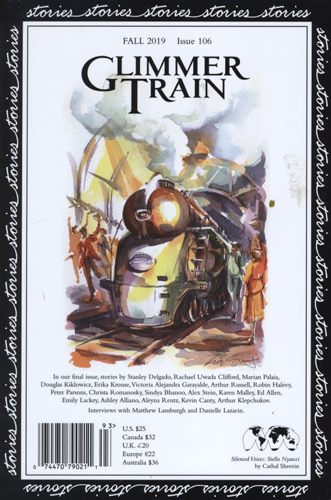 It’s never easy to say good-bye, but readers should still take the time to say their farewells to the fiction monolith
It’s never easy to say good-bye, but readers should still take the time to say their farewells to the fiction monolith 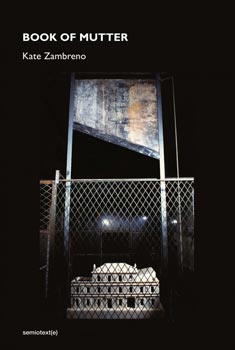 Exploring the complexities and absurdities of grief,
Exploring the complexities and absurdities of grief, 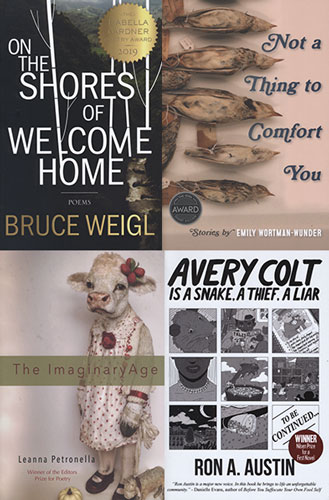 Today we’re bringing you a tall stack of award-winning fiction and poetry books published this past month. Click Read More to find the full list.
Today we’re bringing you a tall stack of award-winning fiction and poetry books published this past month. Click Read More to find the full list.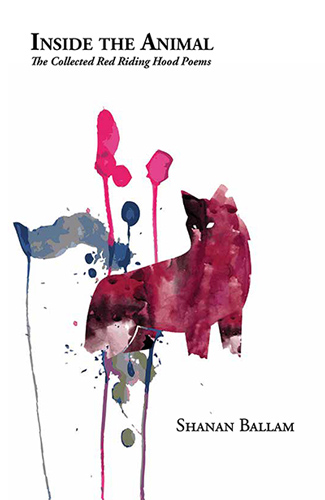 Shanan Ballam’s newest book, Inside the Animal: The Collected Red Riding Hood Papers, published by
Shanan Ballam’s newest book, Inside the Animal: The Collected Red Riding Hood Papers, published by  The Fall 2019 issue of Carve Magazine features the winners of the 2019 Raymond Carver Contest, guest-judged by Claire Fuller. These can be found online, as well as in the print issue. An interview with each writer can be found after their stories in the print edition.
The Fall 2019 issue of Carve Magazine features the winners of the 2019 Raymond Carver Contest, guest-judged by Claire Fuller. These can be found online, as well as in the print issue. An interview with each writer can be found after their stories in the print edition.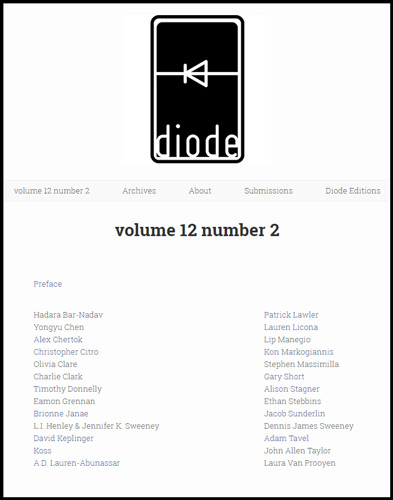 Volume 12 Number 2 of
Volume 12 Number 2 of 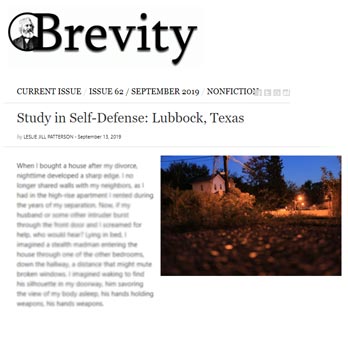 From the introduction to the final sentence, Leslie Jill Patterson’s flash essay,“
From the introduction to the final sentence, Leslie Jill Patterson’s flash essay,“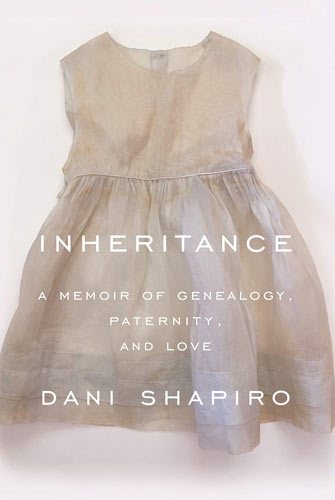 A psychoanalytic spin on the “unthought known” stream of one woman’s stumble upon the narrative of self, reflective of intuitive synchronicity, Inheritance: A Memoir of Genealogy, Paternity, and Love bursts the bubbles of vintage notions of the perfect family, or at least the façade of what the perfect family should have been.
A psychoanalytic spin on the “unthought known” stream of one woman’s stumble upon the narrative of self, reflective of intuitive synchronicity, Inheritance: A Memoir of Genealogy, Paternity, and Love bursts the bubbles of vintage notions of the perfect family, or at least the façade of what the perfect family should have been.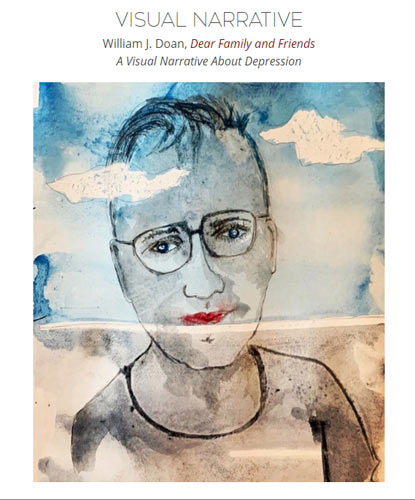 According to William J. Doan’s visual narrative “
According to William J. Doan’s visual narrative “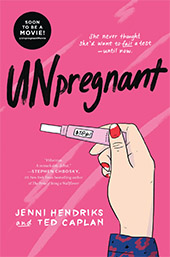 Unpregnant Offers a Radical Normalization of Abortion and Reproductive Health. Currently, we’re in a terrifying moment in history for reproductive health in America, which makes abortion no laughing matter—and that’s exactly why Unpregnant, the debut YA novel by Jenni Hendricks and Ted Caplan, is such a breath of fresh air. Unpregnant tells the tale of an overachieving 17-year-old named Veronica Clarke who discovers that she is pregnant a month before her high-school graduation. Seeing her college education (she’s been accepted to Brown University) and future slipping away, she enlists her former best friend—and current school outcast—Bailey Butler to drive her to an abortion clinic that doesn’t require a parental signature. The only catch? The clinic is more than 900 miles away…
Unpregnant Offers a Radical Normalization of Abortion and Reproductive Health. Currently, we’re in a terrifying moment in history for reproductive health in America, which makes abortion no laughing matter—and that’s exactly why Unpregnant, the debut YA novel by Jenni Hendricks and Ted Caplan, is such a breath of fresh air. Unpregnant tells the tale of an overachieving 17-year-old named Veronica Clarke who discovers that she is pregnant a month before her high-school graduation. Seeing her college education (she’s been accepted to Brown University) and future slipping away, she enlists her former best friend—and current school outcast—Bailey Butler to drive her to an abortion clinic that doesn’t require a parental signature. The only catch? The clinic is more than 900 miles away… 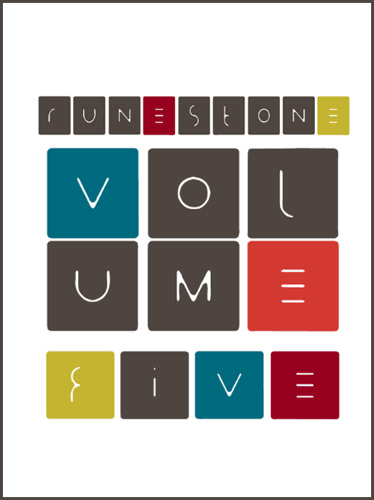 The works in the latest issue of
The works in the latest issue of 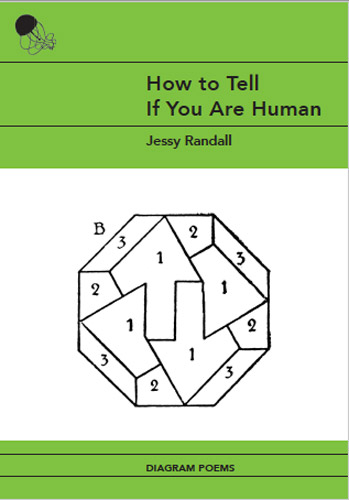 Do you ever find yourself feeling out of sorts, unable to tell if you’re still human?
Do you ever find yourself feeling out of sorts, unable to tell if you’re still human? 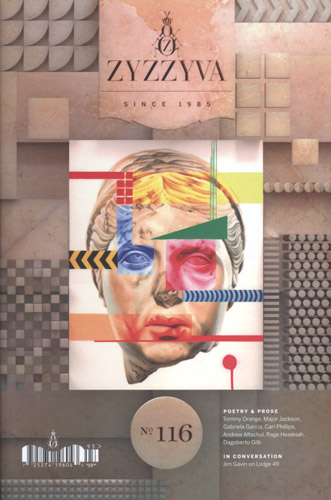 Gabriela Garcia
Gabriela Garcia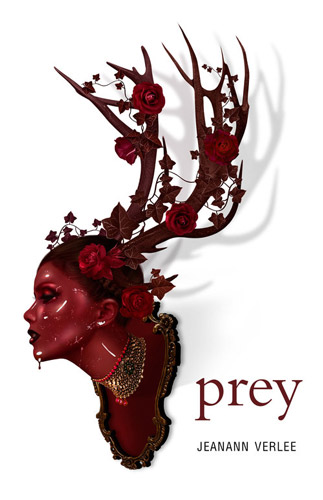 Jeanann Verlee
Jeanann Verlee Publishing short (500-2500-word) fiction that “gives an insight into the human condition,” the online
Publishing short (500-2500-word) fiction that “gives an insight into the human condition,” the online  Beautiful Things
Beautiful Things Maa, along with Lawrence-Minh Bùi Davis, founded the Asian American Literary Review in 2009 and has been serving as editor-in-chief. In his
Maa, along with Lawrence-Minh Bùi Davis, founded the Asian American Literary Review in 2009 and has been serving as editor-in-chief. In his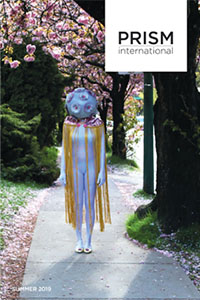


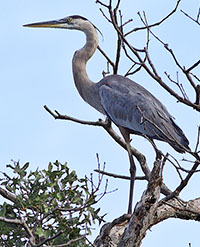 Between October 2016 and February 2017,
Between October 2016 and February 2017, 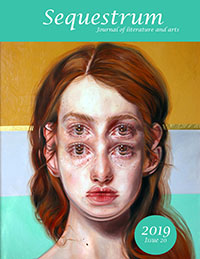
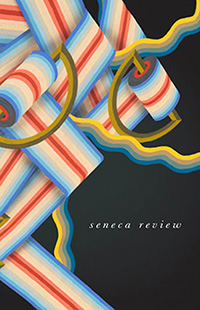
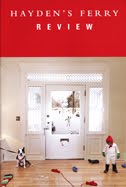
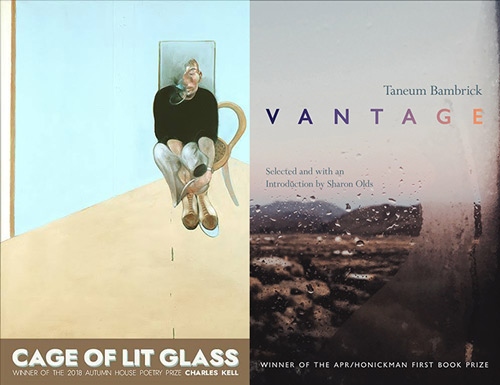 Take some time to check out award-winning books published this September.
Take some time to check out award-winning books published this September.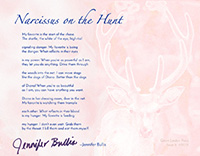 In addition to publishing poetry, interviews, and reviews twice a year online as well as chapbooks,
In addition to publishing poetry, interviews, and reviews twice a year online as well as chapbooks, 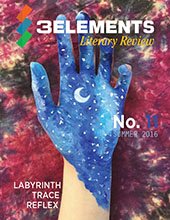 Each quarter, 3Elements Review presents three elements, and all three must be used in the story or poem in order to be considered for publication.
Each quarter, 3Elements Review presents three elements, and all three must be used in the story or poem in order to be considered for publication.  The Fall 2019 issue of
The Fall 2019 issue of 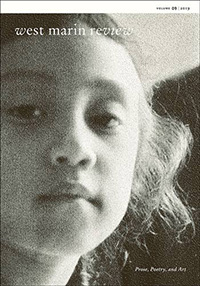
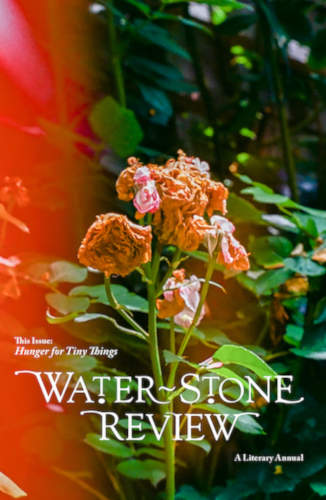

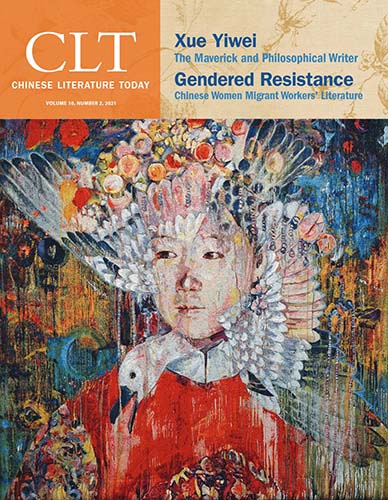 Contemporary Chinese Poetry is the special focus of the latest issue of
Contemporary Chinese Poetry is the special focus of the latest issue of 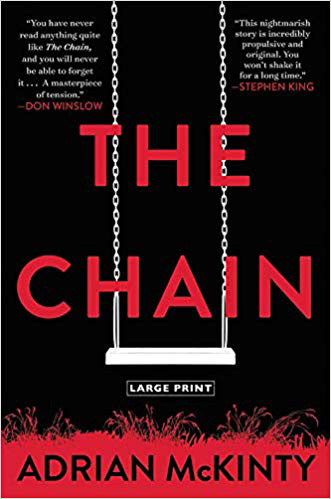 You are now part of The Chain.
You are now part of The Chain.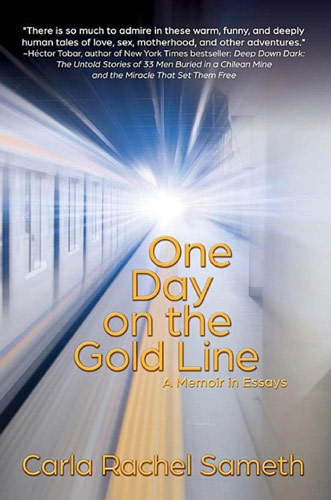 Carla Rachel Sameth’s
Carla Rachel Sameth’s 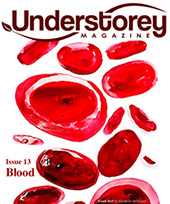 Understorey Magazine
Understorey Magazine First Prize
First Prize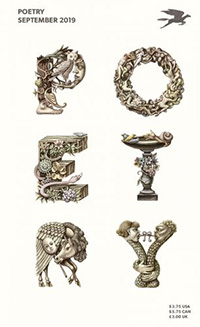
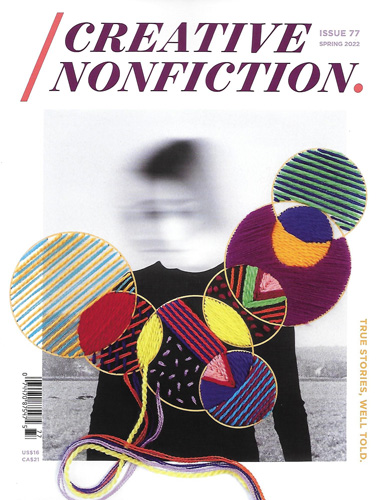
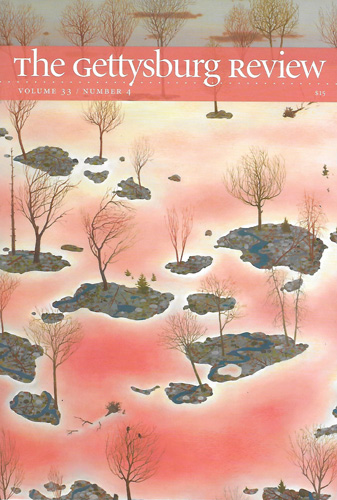
 Poetry Winner
Poetry Winner